
via Carbon111, via this VSE thread where you will find more images and info.
"I was privileged today to have given John Bowen's Solaris a test drive in my studio! Though its not quite finished yet and there are some re-designs in progress, I can honestly say its a programmer's as well as a player's dream!
It sounds absolutely wonderful and is very powerful! It took a few minutes for the interface to sink in, but once it did...wow! Flexible, deep and yet relatively easy to program due to the excellent UI despite the huge number of available parameters and choices. Most parameters are not buried in menus and are easy to access and tweak.
There are a ton of audio-rate modulations available on this thing, none of which generate any artifacts or aliasing at all...lots of FM possibilities, linear as well as exponential. The Moog-style filter was as warm and squelchy as one could want and could be run in other modes besides LP! The "Obie" clone was a good state-variable emulation. The oscillators were plentfull in both quantity and variety. Each patch has a unique architecture, essentially a massively parallel yet integrated "multi" unto itself.
I was suprised at how organic and non-digital it sounded! A one-on-one "taste test" against my analog gear proved this thing has that elusive low-end "beef". Its no slouch as a complex wavetable synth either, holding its own easily against my Waldorf Microwave XT and Ensoniq Fizmo.
You can do FM, physical modeling, subtractive, wavetable and vector synthesis on it as well as the warmest VA I've yet heard.- I'm really blown away! Time to start saving...or figuring out what will have to go"
Also check out the official John Bowen Synth Design.
Some specs via this thread on the John Bowen Synth Design Forum (BE SURE TO CHECK OUT THE THREAD FOR MORE including clarifications):
"The hardware Solaris has the equivalent of approximately 6 Scope boards (the 14 DSP cards), so 6 x 14 = 84 Scope generation DSPs - but remember, you would have to be running your Scope Project at 96 kHz as well...
We have lots of software to finish, so I can't report exactly as to the polyphony count, but here are some of the other specs:
Oscillators - 4, each osc type selects from standard waveshapes, wavetable (PPG) type, sample playback, CEM (Prophet 5) type, or Prophet VS type. New types can be added as they are developed via an upgrade to the OS. There are 2 frequency mod paths and 2 waveshape mod paths. Linear FM is possible for all osc types through the Mod 1 path. Frequency mod sources include any osc, any filter, the external inputs, or any of the lfos, envelopes, controllers, etc. The Frequency Mod 2 path can be switched to act as a 'sidechain modulation source' for Mod 1 path.
Filters - The prototype had 4 mixers and 4 filters, however, I am considering reducing these to 2 each. Many whom I talked with at the show said they only use 2 filters at most when creating a patch. If I make such a change, I can still provide filter pairs, wherein you would have a series or parallel arrangement within each filter type. This way you could still have 4 filters active within a patch.
Filter types include:
1) all pole possibilities for the Ladder (mini style) filter, including 24 dB Lowpass, Highpass, and Bandpass, 12 dB Lowpass, Highpass, and Bandpass, and 6 dB Lowpass, Highpass, and Bandpass.
2) State Variable Filter - 12 dB Lowpass, Highpass, and Bandpass, and Notch.
3) 24 dB Lowpass modeled on the Prophet 5 Rev1 filter (SSM2040)
4) 24 dB Lowpass modeled on the Rev 3 Prophet 5 (CEM3320)
5) Comb/Tube filter
6) PolyFilter, which provides many filter types including FX such as sweeping EQ, phasers, etc..
New filter types can be added as they are developed via an upgrade to the OS.
There are 3 filter frequency (cutoff) mod paths. Mod 1 can be switched to modulate the resonance; Mod 2 can also be switched to control Mod 1 amount, and Mod 3 can similarly be switched to control Mod 2 amount.
ADSRs - there are 6 standard ADSRs. Each overall amount can be modulated by Velocity, and each segment can be individually modulated from Velocity, Keytrack, Mod Wheel, and 4 freely assignable Midi Controllers (CC1-CC4). Also, each segment can have a variable slope, from linear to exponential.
Looping Envelopes - there are also 2 looping envelopes, each with 8 segments. There is overall modulation possible of Time and Level. [followed later by:] All of the envelopes are freely assignable as modulation sources. This also includes two 8-point looping envelopes, for a total of 8 envelopes in the system. There is one ADSR permanently tied to the final VCAs, but it is also still selectable as a mod source.
LFOs - there are 5 identical LFOs, with the fifth being permanently connected to the frequency of all oscs (therefore, it is called the Vibrato LFO). The LFOs have a number of 'patterns' as well as the standard waveshape types, and range from 0-524 Hz. There are parameters for Delay Start, Fade In, Fade Out, Rate, Waveshape, Retrigger, Phase, Level Mod and Rate Mod, Midi Clocking, and Offset (offset provides a positive unipolar signal for the lfo outputs).
VCAs - There are several models implemented for the final output stage circuit. Types will include: Linear, Non-Linear "Analog", SSM2020, CA3280 (Prophet 5 Rev3)
Vector Synthesis - There are 2 Vector Mixer sections. The prototype does not show it, but there will be either an X/Y Joystick (non-spring loaded) or a touchpad in the leftmost section to provide control for the Vector Mixers.
AM Sections - 2 Amplitude Modulation sections, each of which have Carrier, Modulator, Algorithm and Shaper parameters. Ring Mod is one of the algorithms provided.
Effects - A wide variety of effects will be available, such as delay, flanger/chorus, reverb, EQ, fixed and variable filter banks, vocoder, waveshaping, frequency shifting, etc. As with the other sections, additional FX types can be added as they are developed via an upgrade to the OS.
More to come later.....
1) S&H Filter - will investigate
2) bitcrush/sample rate reduction - yes, planned
3) Tube filter - by this I mean a variation of the comb filter that can be used to simulate Karplus-Strong type of 'plucked string' sounds (like the Comb- in Waldorf Q)
4) CEM Oscs - yes, multiple waves provided as in P-5
5) Vector Mixers - yes, any oscs can be selected as inputs. The full input list for the Vector Mixers also include the Filter outputs, AM sections, External Ins, LFOs, Rotors, Looping Envelopes, Shaper, and Envelope Follower. This is all the same as the Scope plug-in version....
1) polyphonic after touch - this is more a limitation of what keyboard beds we can purchase. We are currently using a keyboard from Fatar, and they do not provide a polyphonic AT board. I would LOVE to have one, but there's not a commercially viable one available that I know of. Plus it would add quite a bit to the cost, I would imagine.
2) add-on ribbon strip - yes, mentioned on several forums already. We will investigate, but the location of it would be a bit 'dodgey'.
3) full-fledged arpeggiator, including "random" mode - I certainly agree!
4) any midi parameter mappable to any knob - I think this is already possible, but must check with my MIDI coder.
5) "matrix" modulation - could be added, if absolutely necessary.
6) tuned feedback - this is adjusting the feedback amount by very small increments, or what exactly do you mean? More info, please.
7) distortion - already planned
8 ) "unison-x" / analog-style unison, poly modes - As on my Scope version, where I have a Unison Number of Voices and Detune? If you set the # of voices to 4, and have 16 voices available, then you get 4 stacked on each of 4 keys, or if 3, then you'd have 5 keys with 3 voices stacked on each, etc. Is that what you mean?
9) a capable internal effects unit for reverb / chorus / etc. with enough power for poly-timbral setups - I don't know about the poly-timbral setups yet, but certainly for the effects there will be sufficient resources.
10) USB connectability - already there
11) midi master controller functions - hmmmm, this is where the nightmare can begin. Very Happy I'd rather not go down this path, unless absolutely necessary....
12) choice of keyboard actions - adjustable hardware response? $$$$$$
13) method for importing new waveforms - already there
14) audio inputs - there's Left and Right analog inputs
15) a method for grouping patches systematically - there will be the ability to list patches by several descriptors, if that's what you mean.
16) multi-timbral - this is the one area I'm not sure about yet. It adds another level of complexity to an already complex synth.
The Sequencer output on the plug-in comes as 3 discreet control paths, and these are listed in the modulation source list everywhere, so if we follow a similar model for the hardware (but 4 instead of 3), it's easy to have the sequencer control all of the things you mentioned.
one of the first algorithm expansions I hope to have would incorporate a number of the Flexor modules (modules originally made for the Creamware Modular system ). Other expansions discussed involve adding more DSP or RAM, but all this is still in discussion.
Another unexpected but fun discovery was to find that the dimensions of the Solaris case, when I was measuring it to order a flight case, are almost exactly that of my Prophet 5 flight case! This was by no means intentional, but considering my history, I thought it was an amazing 'coincidence'!
Solaris - 38.5" x 16" x 6"
Prophet 5 - 38" x 16 7/8" x 5 1/8" "
Again, check out this thread for more including context. As always, I'm just grabbing a small snapshots in time. For those that don't know, John Bowen worked with Dave Smith at Sequential Circuits. You can read more about him here.
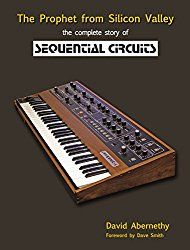



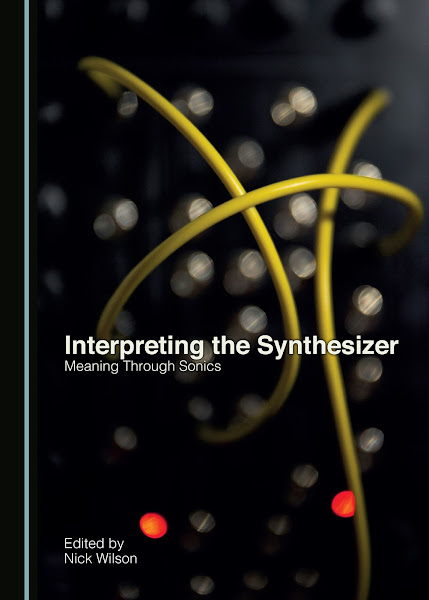
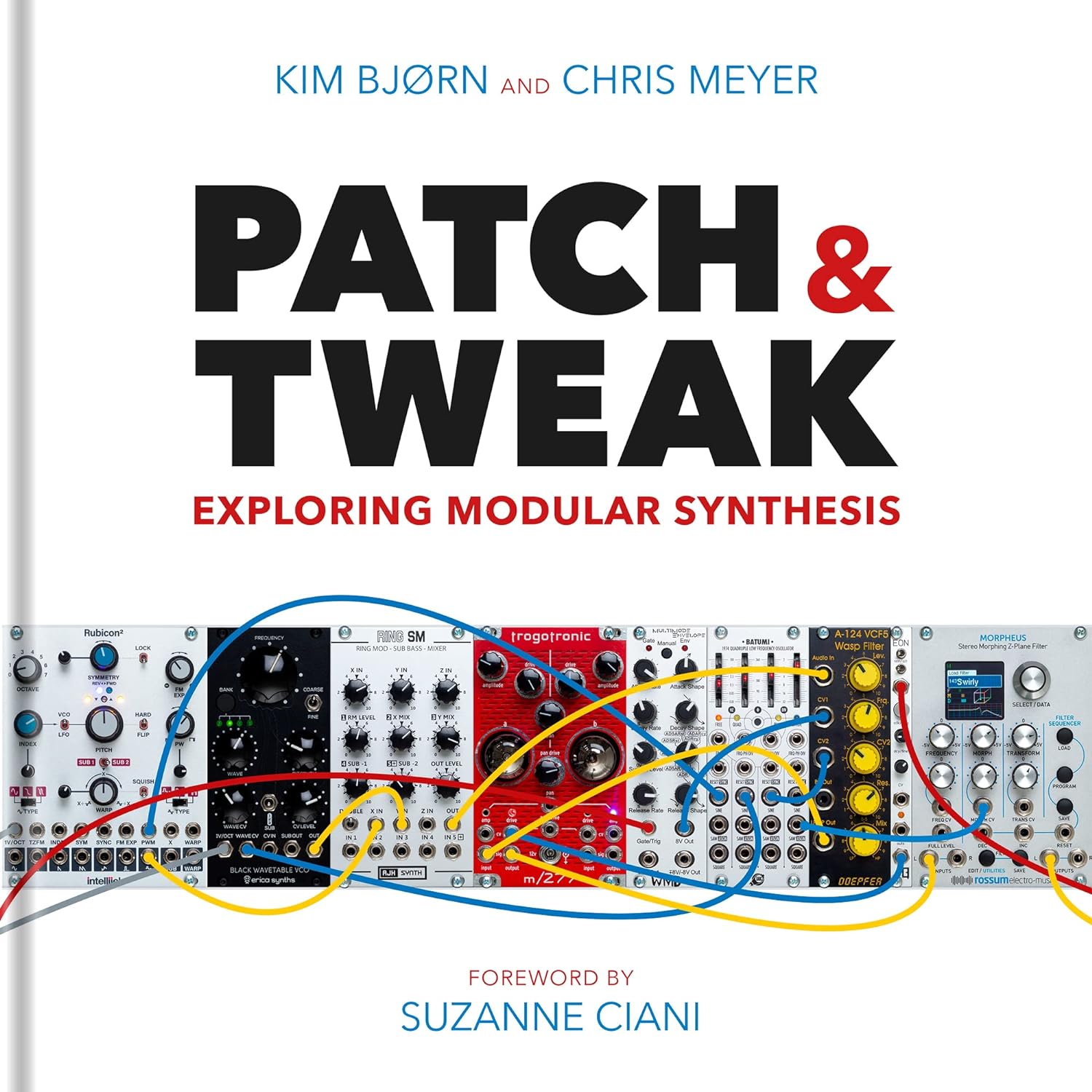

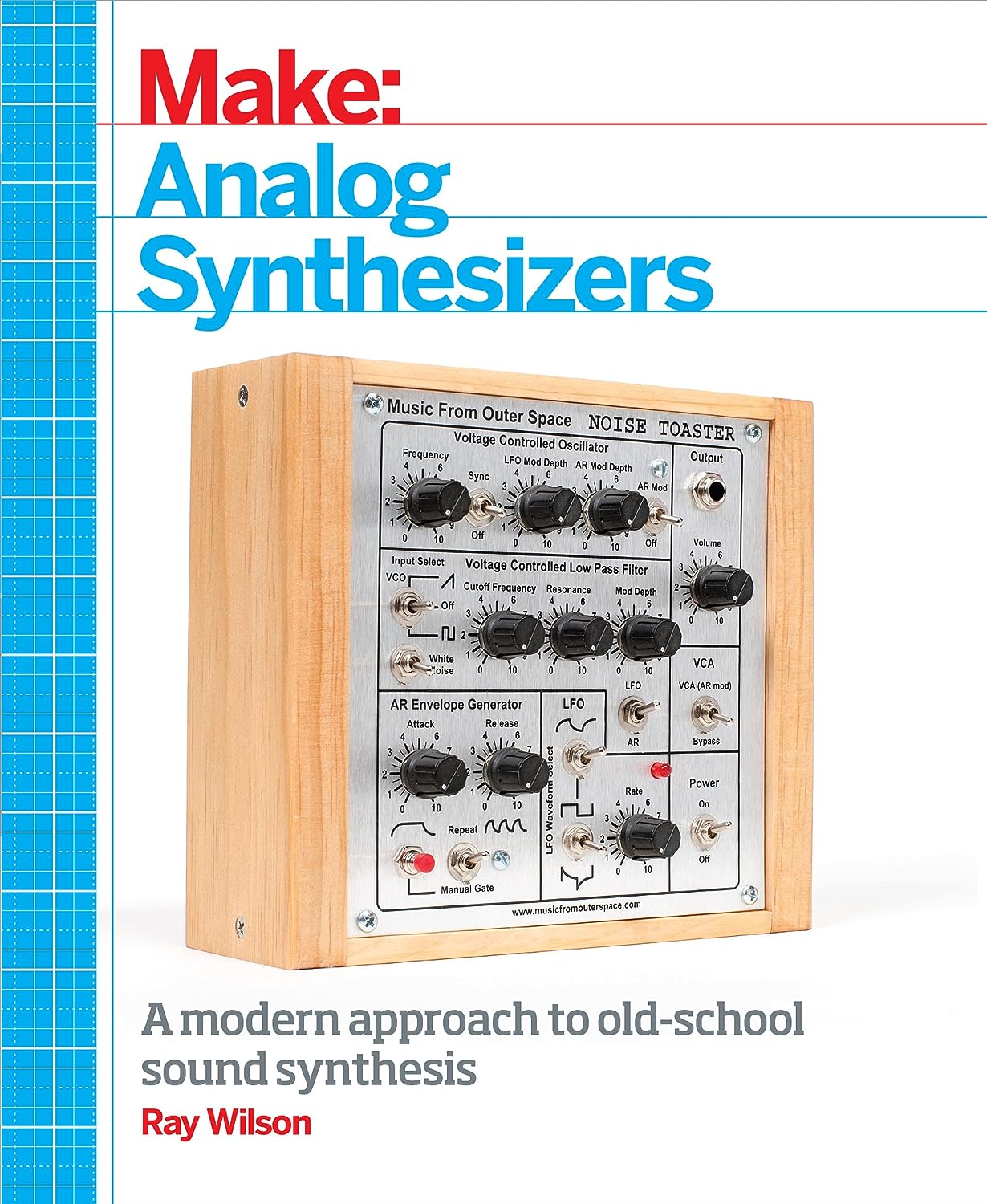

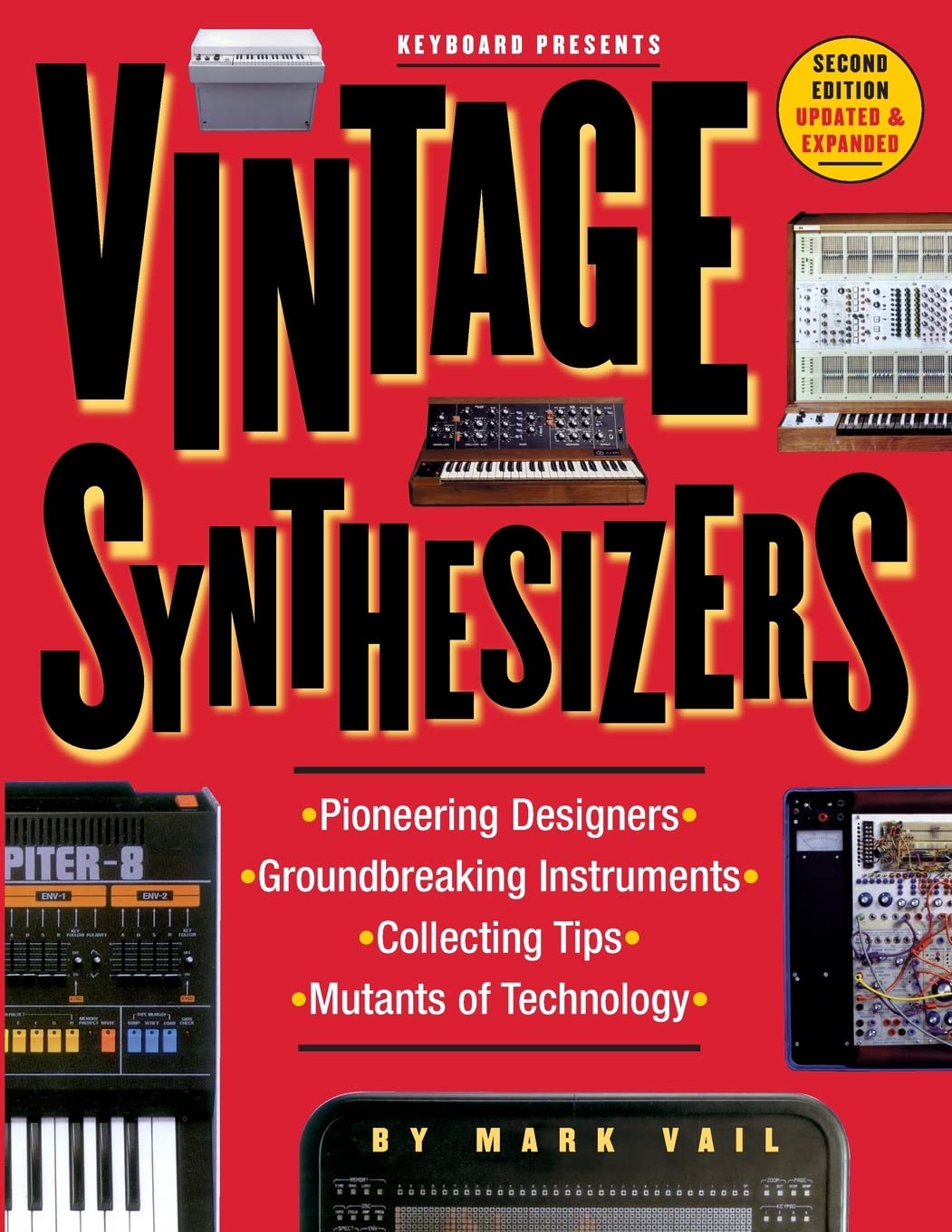
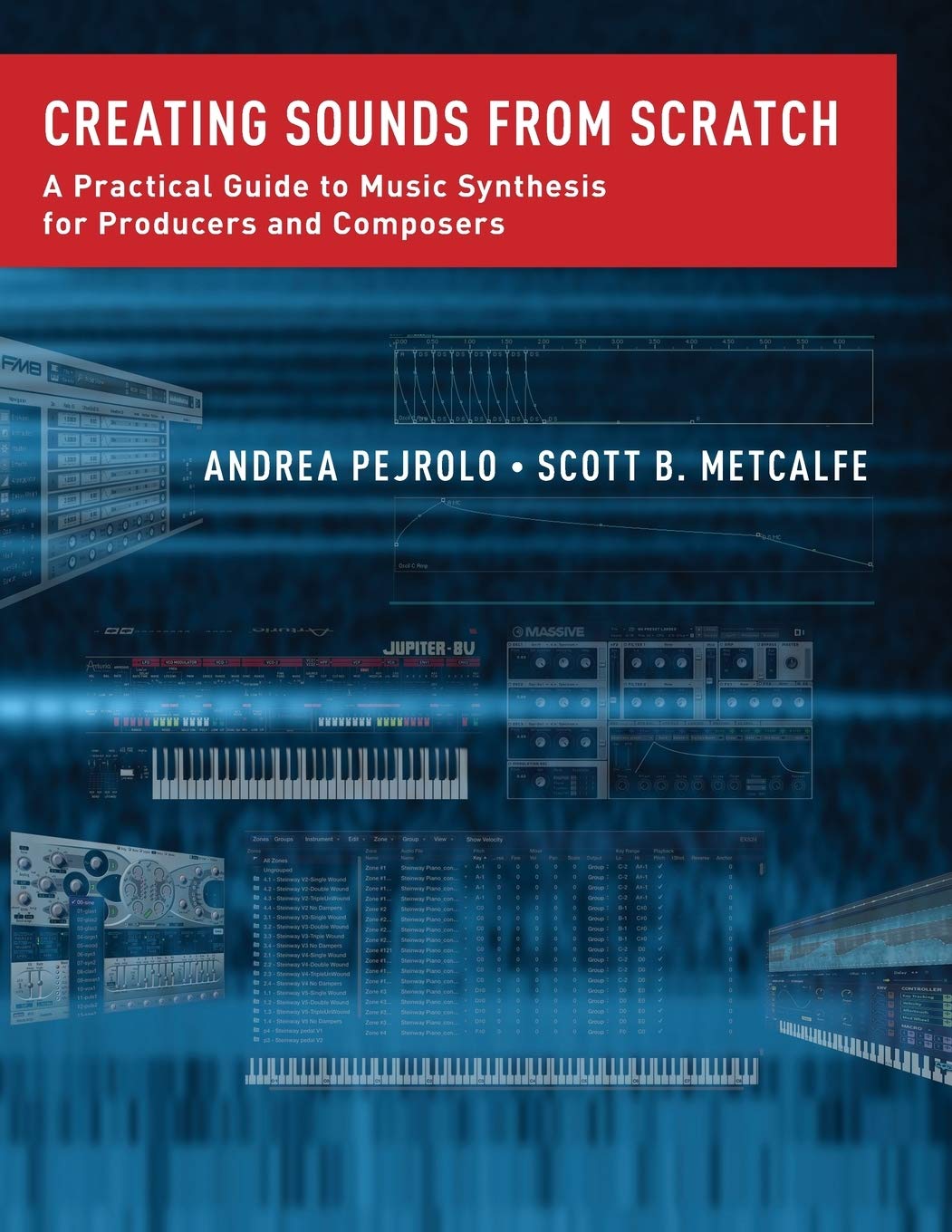
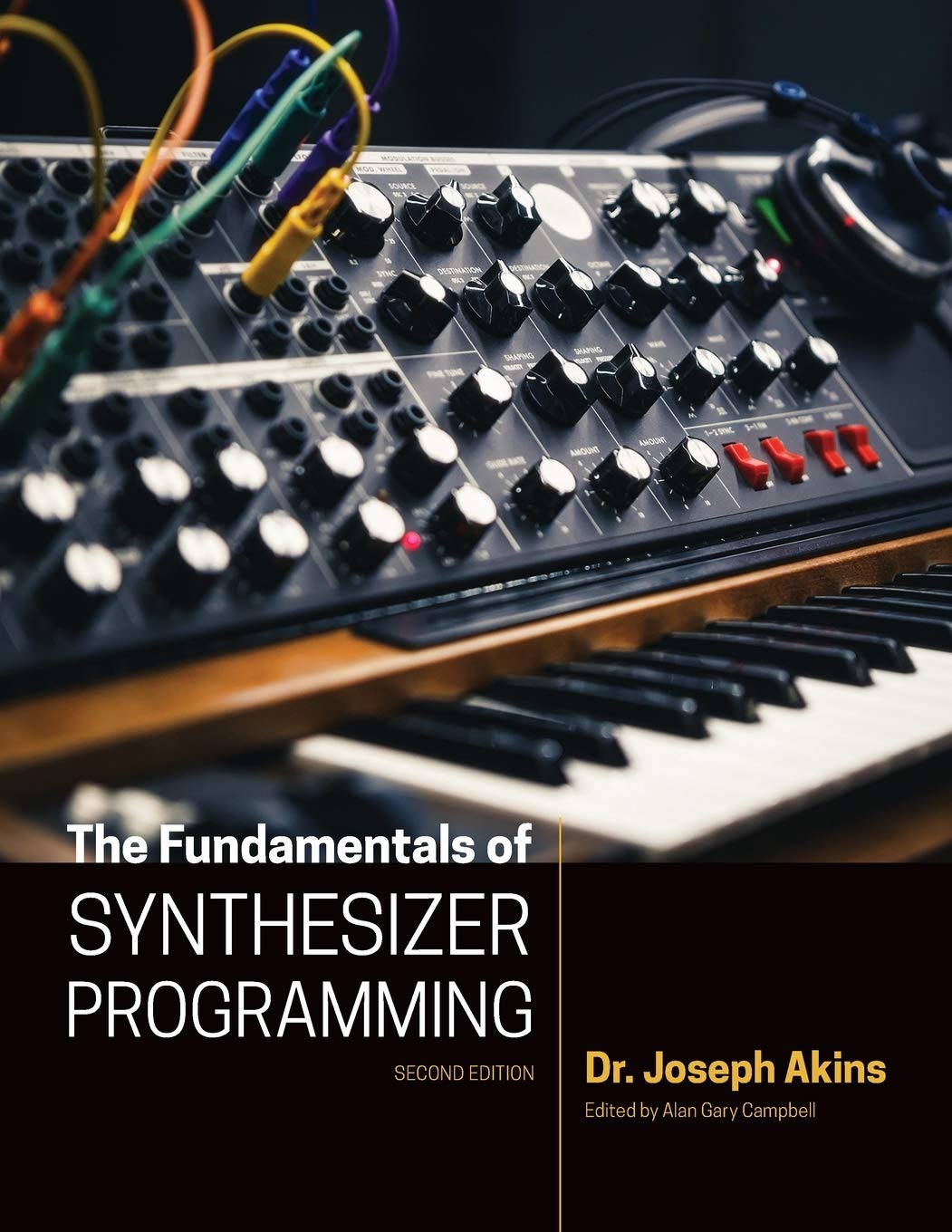














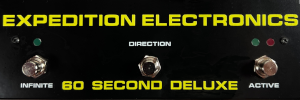
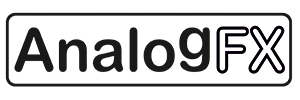









Lots of good info there... any clips? :)
ReplyDeleteHow do you do it Carbon? How do you get to test this gear?
ReplyDelete1. It's been freaking long and STILL no audio demos, this is getting to be the DNF of synthesizers.
ReplyDelete2. Can you at least just give us a comparison of what VA this sounds most like? Even if it's a rough comparison, it's a whole lot better than "It looks pretty cool but WHAT DOES THE BLOODY THING SOUND LIKE!?".
I should clarify myself, I meant "What hardware VA does it sound most like", I do imagine it sounds like some of the Creamware software/DSP stuff. ;)
ReplyDeleteI'd like it if Eldhardt would be comissioned to make some patches for this synth.
ReplyDeleteThat would be so funny.
I can be commissioned to build patches if they send me one =)
ReplyDeleteI like the concept of having LCDs above each knob.